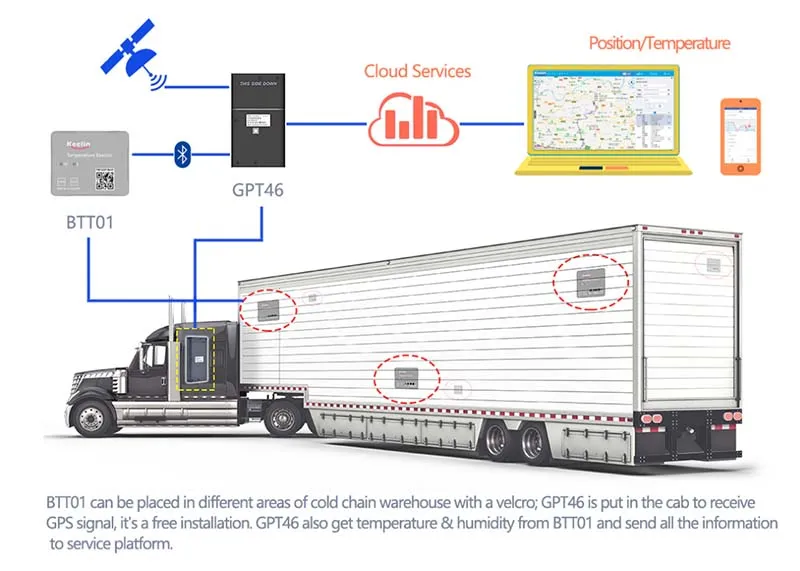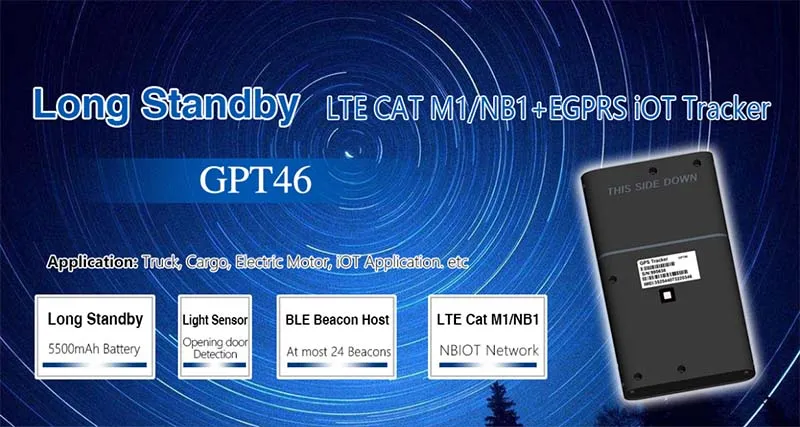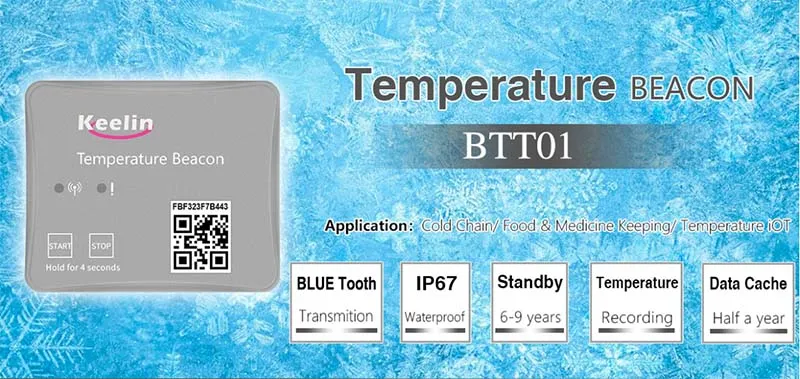From “Unseen” to “Clearly Visible”
IoT Dynamic Asset Management is transforming enterprises from “after-the-fact tracing” to “real-time insights and predictive decision-making.” When sensors, LBS, cloud computing, and AI converge, assets are no longer static ledger entries but “speaking” real-time entities—location, condition, environment, and risk, all visible at a glance. As global supply chains grow more complex and sustainability requirements intensify, IoT Dynamic Asset Management is becoming the backbone for building resilience and operational efficiency.
Pain Point Entry: Triple Pressures of Efficiency, Risk, and Compliance
Information Silos: Warehouse, transport, retail, and customer data remain isolated, preventing closed-loop operations.
Status Black Box: In-transit assets are invisible, making anomaly detection and response slow.
High Costs: Loss, damage, expiry, re-shipping, and other hidden costs are difficult to quantify.
Compliance Challenges: Cold chain temperature logs, pharmaceutical traceability, and audit-proof record-keeping demand accuracy and verifiability.
With visualization at its core, IoT Dynamic Asset Management integrates fragmented data into a real-time “digital twin” of operations, turning hidden losses into measurable, controllable metrics.

Technology & Architecture: The “Sense–Connect–Intelligence” Engine
Perception Layer
Multi-sensor data including temperature, humidity, vibration, light, tampering, tilt, battery, and acceleration; RFID/QR codes for asset identification.
Connectivity Layer
GPS/BeiDou and cellular triangulation positioning, geofencing with LBS; multiple networks including 4G/5G, NB-IoT, and LoRa balance coverage and power efficiency.
Platform Layer
Cloud-based data lakes unify streams, with standardized APIs integrating WMS/TMS/ERP; role-based access control, audit trails, and automated reporting.
Intelligence Layer
AI-powered predictive maintenance, route and vehicle optimization, anomaly detection; blockchain-based tamper-proof traceability for key events and records.
This architecture pushes IoT Dynamic Asset Management from “visible” to “controllable, optimizable, and verifiable.”
Measurable Value: Turning Data Loops into Business Loops
Efficiency Gains: In-transit visibility and intelligent dispatching accelerate turnaround, with asset utilization rates often rising 10%–30%.
Loss Reduction: Cold chain temperature breaches trigger instant alerts, reducing spoilage, theft, and damage.
Inventory Optimization: Dynamic stock counts and demand forecasting minimize overstock and shortages.
Compliance Assurance: Full-chain time, space, and status records meet audit, pharmaceutical, and food safety requirements.
Experience Enhancement: Shared visual milestones and exception updates improve trust and retention across the value chain.
With closed-loop data driving closed-loop operations, IoT Dynamic Asset Management becomes the lever to achieve both growth and risk control.

Industry Scenarios: From Concept to Real-World Impact
Cold Chain & Pharma
Dual assurance through temperature/humidity sensors and LBS; geofencing protects critical checkpoints; anomalies trigger instant alerts and automated re-routing.
High-Value Returnable Assets
Pallets, crates, refrigeration units, and mobile tools are tracked in real time; loss is reduced, retrieval is faster, settlement is evidence-based.
Warehouse & In-Transit Coordination
Automated warehouse counts linked with in-transit milestones enable dock scheduling, cross-docking, and smooth inbound/outbound transitions.
Cross-Border & Multimodal Transport
Integrated visibility across sea, rail, road, and air; compliance and temperature integrity maintained across modes, reducing clearance and reconciliation times.
The common denominator in these scenarios is using IoT Dynamic Asset Management to connect “time, space, condition, and accountability” into standardized workflows and auditable evidence.
Case Study: From Pilot to Scaled Growth
Problem: Pharmaceuticals in hot seasons face frequent temperature breaches and delays, with costly after-the-fact investigations.
Solution: Attach temperature/humidity and tamper sensors to both containers and individual products, integrate LBS and geofencing; platform generates real-time alerts, root cause reports, and responsibility assignments.
Results (sample figures; vary by sector and maturity):
Breach incidents down 40%+
Incident response times improved 50%+
Dispute and reconciliation cycles shortened 30%+
Asset turnover rates up ~30%
Here, IoT Dynamic Asset Management is not just about deploying a system—it’s about process re-engineering and metric redesign, turning “one-off tactics” into “repeatable operational strategies.”

Implementation: Three Steps to Controlled Scaling
MVP Pilot: Select one scenario and key metric (e.g., breach rate, turnaround days) to rapidly validate ROI.
Platform Expansion: Standardize data models and APIs, integrate more sensors and assets, connect with WMS/TMS/ERP.
Intelligent Maturity: Add predictive maintenance, dynamic replenishment, and smart dispatch to create an end-to-end data loop.
Following “MVP → Platform → Intelligence” builds a compounding growth curve for IoT Dynamic Asset Management.
Governance & Compliance: Building Security Into the Product
Privacy & Access Control: Least-privilege authorization, tiered visibility, full audit trails.
Data Quality: Unified definitions, master data governance, fixed metric dictionaries.
Risk Control: Device health monitoring, network redundancy, proactive contingency drills.
When security and quality are embedded into both processes and tools, IoT Dynamic Asset Management can scale sustainably and reliably.
Visibility Fuels Efficiency, Intelligence Sustains Growth
When “seeing” becomes the norm, “controlling” and “optimizing” follow naturally. At the core, IoT Dynamic Asset Management with end-to-end visibility is redefining how businesses operate and compete: efficiency verified, risk managed, experience improved, and growth sustained. Organizations embracing data loops, process redesign, and ecosystem collaboration will gain the upper hand in the next supply chain race.
About EELINK Communication (Natural Introduction)
EELINK Communication is a high-tech enterprise dedicated to applying wireless communication technologies to the Internet of Things (IoT). With a top-tier team and over two decades of experience in IoT hardware and software development, its product portfolio includes remote monitoring platforms for temperature, humidity, and other parameters. EELINK serves diverse scenarios such as asset management, vehicle anti-theft, insurance sales, and cold chain transportation management. Guided by the mission of “connecting everything through innovative intelligent technologies,” EELINK continually advances its solutions to meet evolving customer needs, delivering measurable value through reliable and efficient systems.
